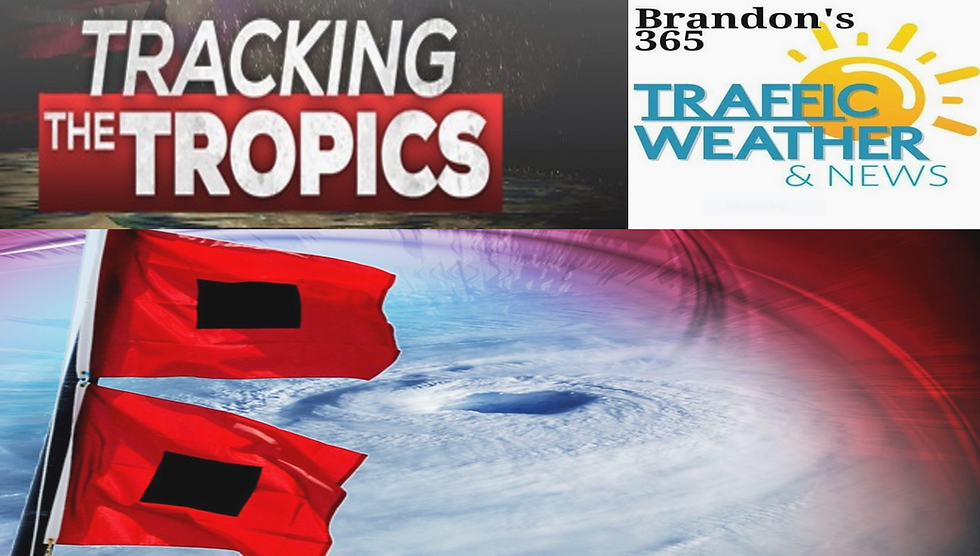DROUGHT WORSENING IN THE SOUTH AND SOUTHEAST DUE TO RECENT RECORD HEAT AND HIGH PRESSURE.
- Brandon Shipp

- Oct 2, 2019
- 3 min read
Severe drought has developed in several states, where crop losses are likely beginning and water shortages are possible. Severe drought is the third-worst of five drought categories, ranging from abnormally dry to exceptional drought. Much of Georgia is in a moderate to severe drought. Tennessee, Alabama, Mississippi, Northern Florida, the Carolinas, Virginia, Kentucky, and Texas is also dealing with drought conditions. The estimated population in the Southeast impacted by drought has risen to 18.6 million. Atlanta is over 6 INCHES Behind/Below normal on Rainfall! The rapid growth of this drought and continued dry weather into October are largely due to a stuck weather pattern that includes a stagnant bubble of high pressure over the Southeast and a jet stream that continues to pull moisture from northern Mexico into the Midwest without much intrusion into the Southeast. Extreme drought in parts of Alabama and Texas. Underneath the dome of high pressure in the southeast over the past month, sinking air has caused warmer than average temperatures many days of record breaking heat well into the 90's close to 100 many days and little to no precipitation. Average temperatures, which combine a day's high and low temperature, have been 4 to 8 degrees above average since the beginning of September in the drought area, A few cities, like Atlanta, New Orleans, Nashville, Tennessee, and Greenville, South Carolina, had the hottest September on record. Rain is a major part of the water cycle, but with such a long period of dry, hot weather, trees and grass continue to dry out and will soon have no moisture to give back to the atmosphere, or to evapotranspirate. This lack of evapotranspiration will lead to fewer clouds until the pattern changes. And when the pattern does change, it will take time for the ground to remoisten. This lack of rainfall and warmer conditions might also lead to a lackluster leaf-peeping season across much of the South. So what can cause major shifts, Weather extremes, and changes in the weather? The jet stream is both the result of weather and a mover and shaper of the weather. It represents a baroclinic zone, the boundary between contrasting air masses as it moves generally from West to East. Simplifying things you generally find the cooler temperatures to the left or poleward of the jet flow and warmer air to the right or equator-ward of the jet stream flow and the wettest storm track in-between. For this reason across the nation it is typical for opposite weather in opposite parts of the country at the same time. Something we’ve been seeing for a long time now, cool-wet and at times cold Northwest and hot-dry Southeast. We have been under a Great Smokies high pressure ridge which is a Westward extension of the subtropical Bermuda high in the Atlantic. The jet stream does not flow in a straight line though it bends dips curves and swings forming what are known as Rossby Waves forming “high pressure ridges” and “low pressure troughs”. When the pattern becomes amplified or abnormally strong we get extremes of weather and if a jet stream blocking pattern forms, the jet stream configuration can get stuck for extended periods of time making extremes such as floods or extreme drought, heat waves and cold waves last a long time sometimes months at a time. If we don't get widespread rain soon in the south fires will be an issue due to how dry the soil moisture is especially in wooded areas/mountainous terrain. I'll keep everyone posted be sure to check in for daily and nightly forecasts and weather updates/information on Brandon's 365 Weather, Traffic, And More on Facebook and @wxtracker365 on Instagram and Twitter! No Matter The Weather I've Got You Covered!














Comments